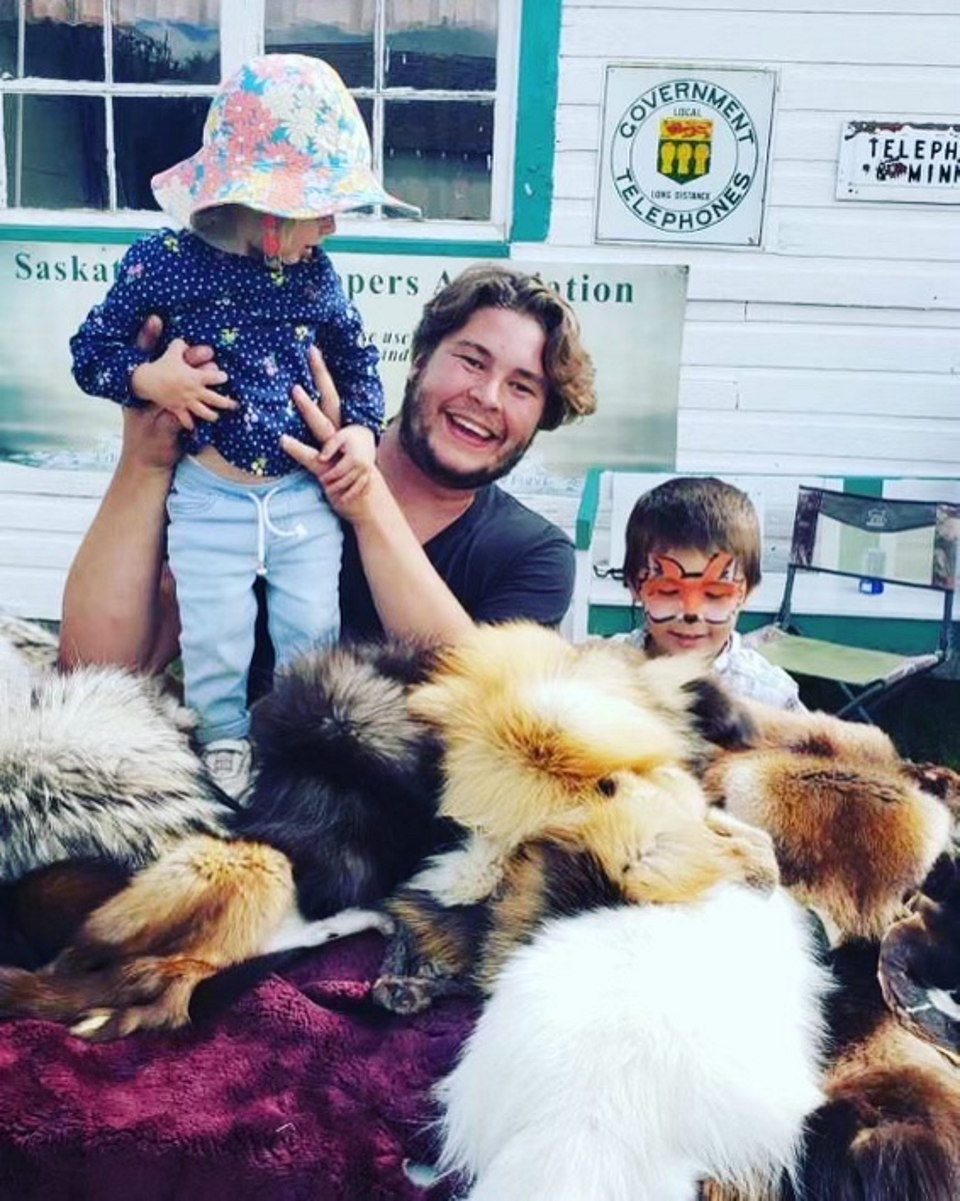"The coyote market has been hit pretty hard over the last couple of years due to COVID," said Jade Rooney, Region 12 Director of the Saskatchewan Trapper's Association (STA).
"Your average coyote pelt today is $20 to $30 for a really high end, good quality coyote, compared to what it was a few years ago, where it was upwards of over $100 a coyote."
Rooney shared that part of the issue that we're seeing right now is a softening of the market. "It was so hard for a lot of trappers to justify going out at fuel prices of $2 a litre, and coyotes at $20, it just didn't make sense. That might be part of the reason that we're seeing more coyotes now."
If folks are having trouble with coyotes and predation problems, Rooney suggested one thing to consider is that trappers on the landscape really do make an impact on managing those species.
"I strongly encourage anyone that wants to see our animals kept in healthy populations, and not overpopulated where they're causing nuisance issues, to buy fur and wear fur, because if we have a strong consumer market for these goods, the trappers will get out there and take care of this stuff."
There have been many reports of the deer population, in addition to coyotes, causing issues in the southeast. Rooney said that one thing he sees is the deer are all really grouped together because what he thinks is going on, "is the coyotes are hammering the deer populations because the snow is so thick that the coyotes can run on the top and the deer sink in a little bit."

"What I think, with a lot of negative interactions between people and coyotes and wildlife in general right now, is what we're seeing with the amount of snow that we have, is they [deer] end up in people's yards as a means of shelter and a means of getting out of the elements so to speak."
Rooney said that one thing to note is that trapping has definitely changed over the last number of years. "We are committed to ensuring that our methods of take are the most humane and ethical means possible."
"We have signed onto the International Agreement on Humane Trapping Standards. There are certain types of traps that are approved, there are certain types of traps that are no longer approved. We're very diligent in that, and that's Saskatchewan law, and to be a licensed trapper I strongly encourage that everyone follows the law."
Rooney explained that he would like to see a North American resurgence in natural fur, as fur is a natural resource.
For those interested in becoming a trapper, Rooney shared that he's an educator for the STA and teaches the Saskatchewan Trapping course.
"They can go to our website at Saskatchewantrappers.com, and they can register online for any courses that are available in your area."
"One thing that I talk about in my courses, is I have a coat that I bought from an elderly lady in Weyburn and she's a sweetheart. That coat is about 70 years old, and it looks as good as the day it was bought. But if we were to take that coat and throw it into the swamp, studies show that in about three months it's broke back down into nature."
"Compare that to your plastics and anything else as far as synthetic products, and you really don't get that kind of lifetime quality and that ease of breakdown back into the land. When we think about fur, it's a renewable resource, it's ethical, it's green and it's good for the planet."













